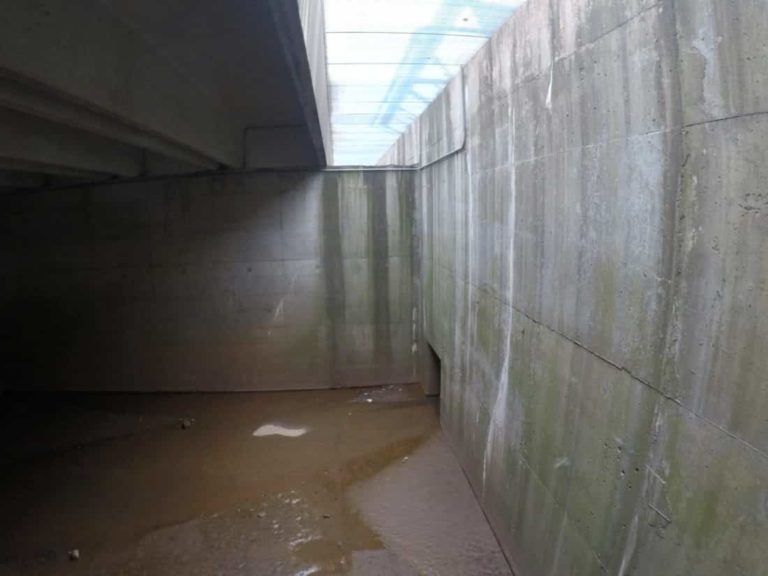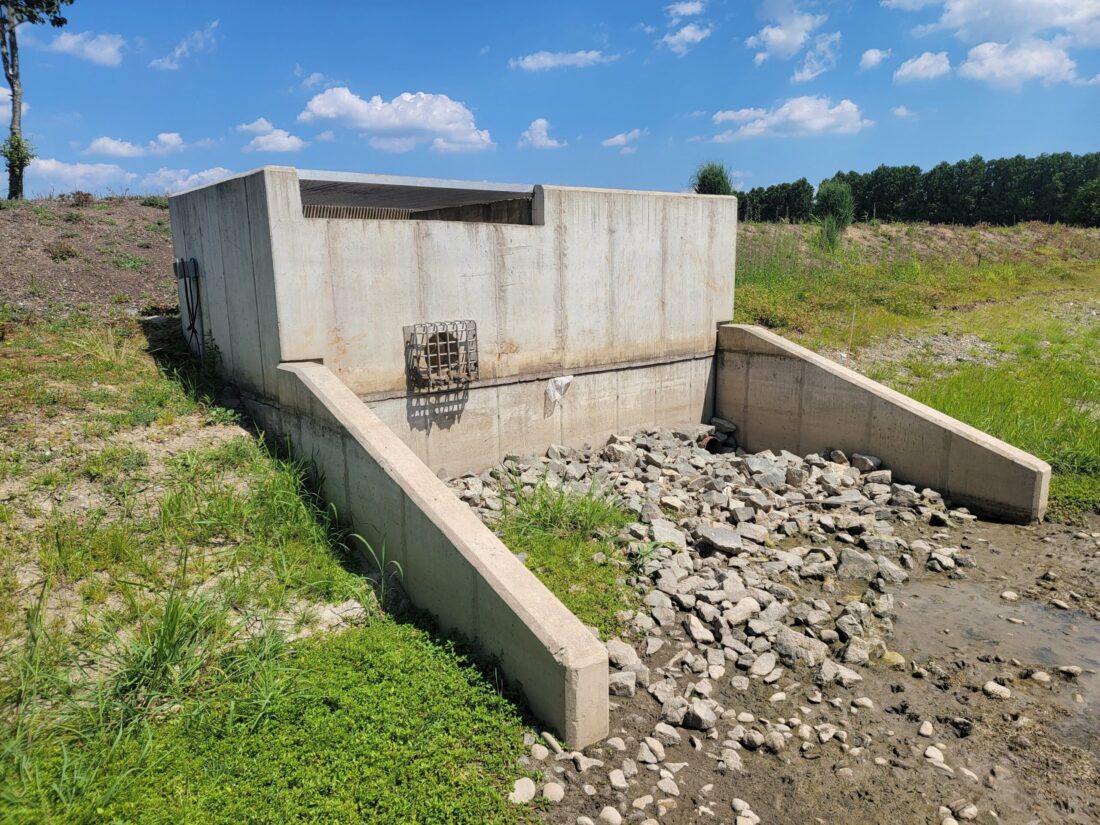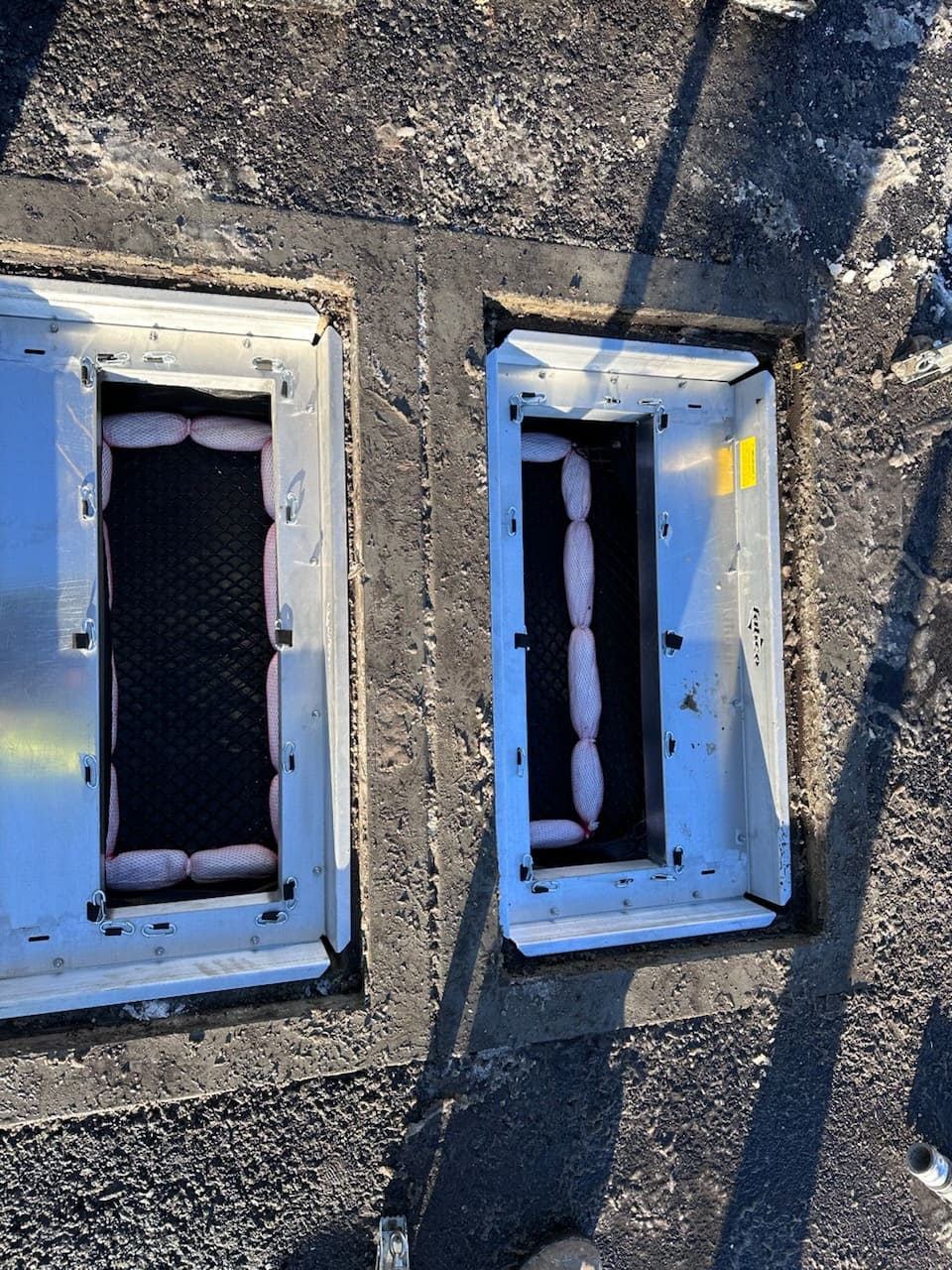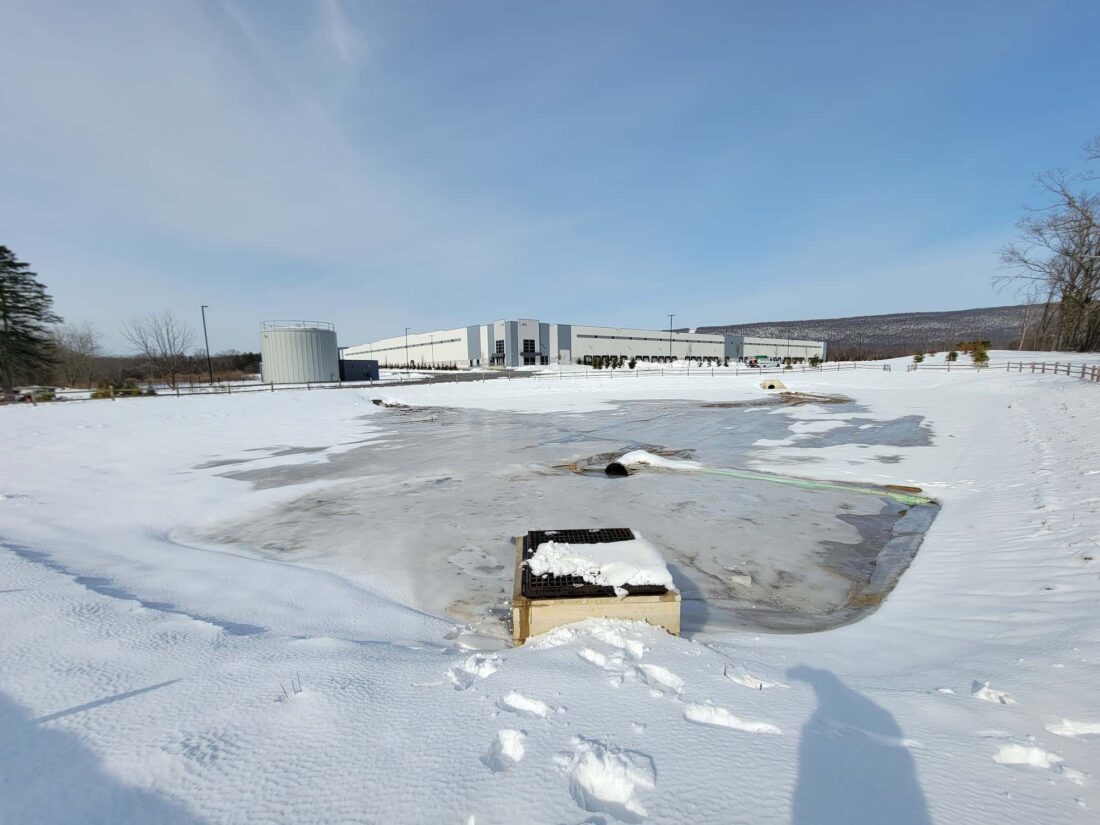
How Do Underground Stormwater Detention Systems Work? | Underground Detention
Last Updated on May 28, 2024 by Stormwater Compliance Solutions
The utilization of underground stormwater detention systems originated in ancient human civilizations and continues to play a valuable role in modern 21st century development. We can store water for reuse in irrigation or drinking, detain water and slowly release it to the environment as surface water, or allow it to infiltrate into the ground, replenishing valuable groundwater supplies.
Our area of focus for this discussion will be New York, New Jersey and Pennsylvania. Weather patterns tend to be similar across the region, but land cover, hydrology and design standards vary significantly across the various geological terrains of the region. Underground detention utilized in an urban area differs greatly from implementation in a piedmont region or a coastal plain.
Groundwater Recharge – Groundwater recharge is a main contributing factor behind the engineering science of underground stormwater detention systems. In higher elevation areas with predominantly granite-based aquifers, replenishing groundwater that is redirected by impervious cover is a main design consideration. In coastal plain areas such as New Jersey and southern New York, detaining the water and releasing it to the surrounding surface water at a controlled rate is a top design priority. This allows for the timed release of water during moderate to severe storm events, ensuring those events have a smaller impact on flood impacted waterways and municipal separate storm sewer systems MS4’s.
In many parts of Long Island, New York and the barrier islands of New Jersey, direct infiltration through the use of drywells or injection pits is a preferred method of handling stormwater at sea level and in predominantly sandy soils. Stormwater detention in tidal flood plain areas is usually not necessary because the rationale of detaining water to prevent downstream flooding is not present.
How do underground detention systems actually work? The broad, overarching answer is through a series of collection points such as roofs, inlets, catch basins, swales, etc., water is directed structurally to a series of underground pipes or arched chambers or tanks. Unless the water is stored for reuse, it is generally released into the environment via an outlet control structure or infiltrated to the ground via openings in the pipes, chambers, or tanks. Infiltration into the ground is a preferred method to restore a valuable aquifer level and establish pre-development groundwater levels.
The porosity of the soil beneath the underground detention system and the elevation of the existing ground water table are the two main factors that allow water to infiltrate through the underground stormwater detention vault into the ground. If the soil has poor porosity or there is a high ground water level, infiltration will not be possible. Underground drainage system designs incorporate the hydrology of the site, the hydraulic methods of water conveyance and the geology of the area.
Water Quality – The quality of water that is being infiltrated back into the ground is vitally important. This water should be free of oils, solvents, heavy metals and other contaminants. Water quality is achieved through numerous different methods, but the most common practices are above ground bioretention basins, underground filtration and separation chambers. Performing regular stormwater facilities maintenance is the best way to stay ahead of stormwater violations and potential pollution concerns. Regulatory agencies and private inspection look to reduce stormwater contamination potential and tighten regulations where needed to accomplish this.
Contact one of our stormwater compliance specialists at [email protected] to get a better understanding of your risk factors and regulations surrounding stormwater in your area.




